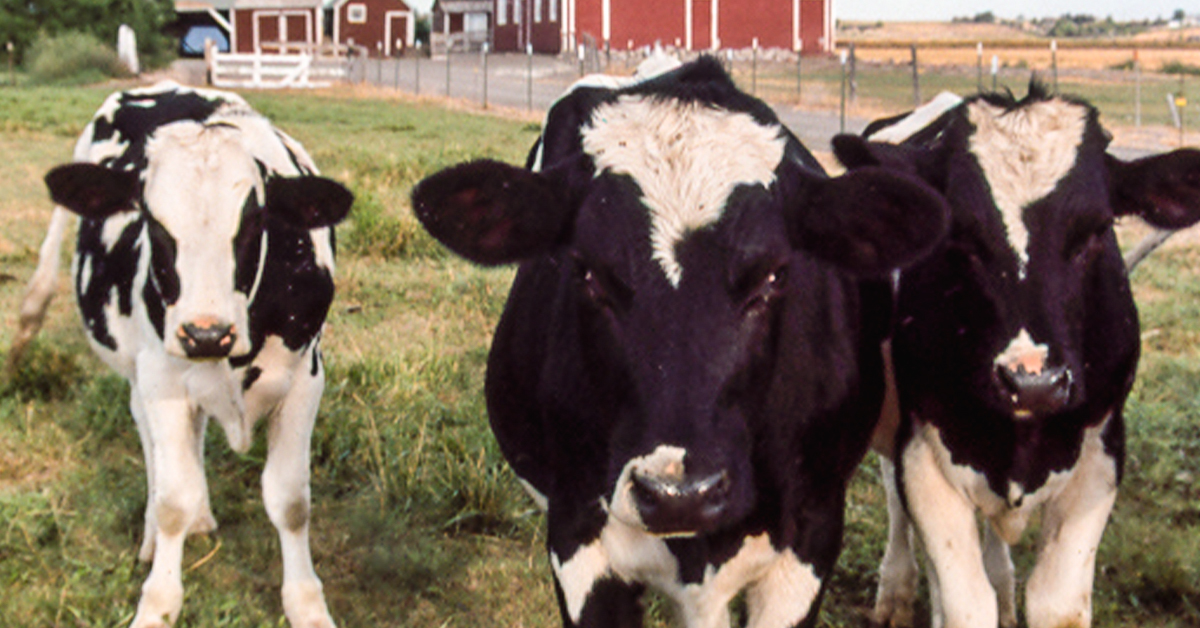
Ninety percent of the cattle on feed in the United States are fed ionophores.
Do you know what an Ionophore is?
Ionophores are considered a class of antibiotics without all the negative hype associated with antibiotics.
Ionophores – you might know them as Rumensin® (Monensin Sodium) or Bovatec® (Lasalosid Sodium) – are used in cattle production to shift ruminal fermentation patterns. They are not bactericidal (they do not kill the bacteria); they simply inhibit their functionality and ability to reproduce.
The name ionophore has been used to denote this group of compounds because of their ability to transport ions across biological membranes. The ion transport capability is the key to their anticoccidial activities and their antibacterial activities. In ruminants, the antibacterial effects result in changed ruminal microflora and growth promotant effects.
History of Ionophores in Livestock Production
Before these ionophores were legally marketed for use in food-producing animals, companies had to demonstrate to regulatory agencies that each drug was safe and effective in the target animal species, safe for humans consuming edible products from treated animals and safe for the environment.
The increase in antibiotic-resistant bacteria as a result of ionophore use is not well supported for several reasons:
- Ionophores never have been – nor are likely to be – used as antimicrobials in humans
- Ionophores have a very different mode of action from therapeutic antibiotics
- Ionophore resistance in bacteria seems to be an adaptation rather than a mutation or acquisition of foreign genes.
Safe, Effective Feed Efficiency for your Animals
How Ionophores Work
In the rumen, the first chamber in cattle stomachs, microorganisms convert feed to volatile fatty acids (VFAs). These VFAs are absorbed from the rumen and supply the majority of energy cattle need. The three major VFAs produced in the rumen are acetate, propionate, and butyrate. Acetate is produced in the greatest quantity, followed by propionate, and finally butyrate.
Although they are the largest proportion of the ruminal VFAs, bacteria that make acetate from glucose are inefficient because every conversion of glucose to acetate represents an energy loss, usually as methane. Energy loss equals inefficiency. However, when microorganisms convert glucose to propionate, there is no net energy loss. Propionate production, therefore, represents a more energetically efficient pathway in the rumen.

Ionophores inhibit acetate-forming bacteria, which gives a competitive advantage to the propionate-producing bacteria. This equals a more energy-efficient pathway in the rumen.
Ionophores cost roughly 2 cents per head per day. One of the reasons for the large adaptation of this technology is the consistent return on investment. The net return on investment when ionophores are fed to cattle equals approximately $20 per head (Elanco Animal Health, 2015). Return on investment in ionophores is due to the 5 to 10 percent increase in feed efficiency noted in cattle-fed ionophores when compared to those that are not fed ionophores.
The Effects of Ionophores on Cattle
One research study conducted at Oklahoma State University showed cows maintaining the same body condition on 10 percent less hay when consuming an ionophore, compared to cows that did not receive the ionophore. Inclusion of ionophores in heifer diets has been shown to increase the number of heifers that have reached puberty by the start of the breeding season, decrease the age at puberty, and decrease the weight at puberty.
Ionophores can help reduce the impact of drought-induced forage losses by allowing the ruminal shift in VFAs to get the most energy out of the low-quality forage.
Should you be Using Ionophores?
In conclusion, ionophores are a non-medically relevant class of antibiotics. Thus, they are not regulated by the VFD (veterinary feed directive) and are considered safe and efficient. Ionophores shift ruminal fermentation to increase cattle feed efficiency, which improves profitability, as well as reducing methane production from cattle operations.
For more information, visit your local IFA Country Store or contact an IFA feed & nutrition advisor.
Discover IFA Feed & Nutrition Services
Written by Heidi Simper, M.S., and originally published in the IFA Cooperator magazine (vol. 85, no. 1) Spring 2019. Heidi is a Nutritionist at Draper IFA Feed.

